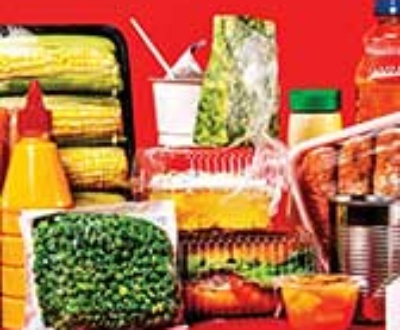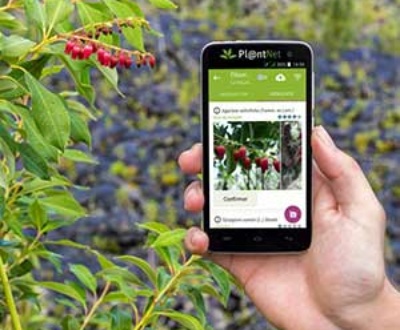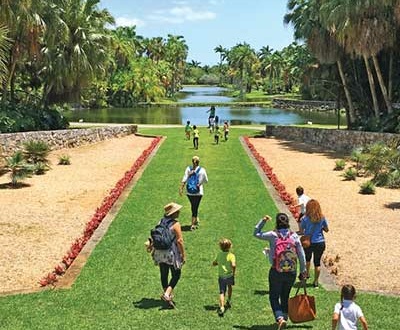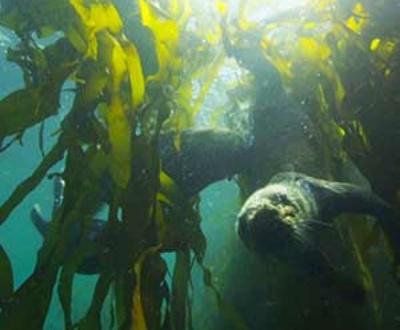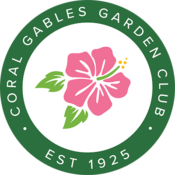A Shout Out For Our Mayor Vince Lago!
I really appreciate the backing and support Mayor Vince Lago has given to my Green talks and pollinator patch. Without his support, I really do not think these ideas would have gone anywhere. When I finally sent a letter to then Vice Mayor Lago in April, I asked his assistant if I could meet (via zoom) with him. Her reply was, “Oh, he’ll meet with anyone”. I think that’s an asset!! I’d been talking about the pollinator patch with the city since September. Nothing moved until he got involved. Hooray for Vince!!
Up Next in the Keep Coral Gables Beautiful Series
I hope many of you got a chance to enjoy the Pollinator Park Palooza event at the Youth Center. Our next event is October 20, 7 pm, at the Coral Gables Cinema. 100 Yards of Hope, a documentary screening and panel discussion on ocean conservation with Force Blue. Come and enjoy!
Every Cloud Has a Silver Lining?
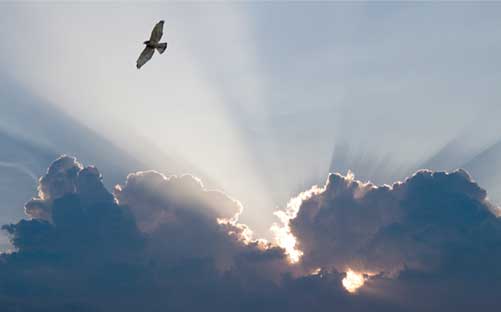 Man, we have certainly had a summer of disasters, Ida is just the latest. Ida traveled 1500 miles and hit 21 states. “Preparations for Ida were hampered by its rapid intensification, a trademark of climate change driven storms. Officials had just 76 hours from when the tropical depression was identified to landfall of a cat 4 storm—not enough time to change the flow of traffic on the highways to enable a full evacuation” (WashingtonPost 9/5). Then there are the wildfires out West. “Since mid July, the National Interagency Fire Center has set the nation’s preparedness level at 5, which indicates the country is at risk of exhausting it’s firefighting resources” (Bloomberg 8/31). And of course the drought and heat waves out west make the vegetation perfect fuel for the fires. Chronic drought has pushed federal officials to impose mandatory cuts to Colorado River water for the first time.
Man, we have certainly had a summer of disasters, Ida is just the latest. Ida traveled 1500 miles and hit 21 states. “Preparations for Ida were hampered by its rapid intensification, a trademark of climate change driven storms. Officials had just 76 hours from when the tropical depression was identified to landfall of a cat 4 storm—not enough time to change the flow of traffic on the highways to enable a full evacuation” (WashingtonPost 9/5). Then there are the wildfires out West. “Since mid July, the National Interagency Fire Center has set the nation’s preparedness level at 5, which indicates the country is at risk of exhausting it’s firefighting resources” (Bloomberg 8/31). And of course the drought and heat waves out west make the vegetation perfect fuel for the fires. Chronic drought has pushed federal officials to impose mandatory cuts to Colorado River water for the first time.
“Looking through a report that analyzed temperature patterns for the past 70 years, he noted that the “heatwave was statistically impossible” The temperatures in the Northwest –108 in Seattle and 121 in British Columbia exceeded the models most extreme possibilities.” (NYTiimes 8/24) Welcome to climate change…
“Nearly 1 in 3 Americans live in a county hit by a weather disaster in the past three months, according to a new Washington Post analysis of federal diaster declarations. On top of that, 64% live in places that have experienced a multi-day heat wave–a phenomena that is not officially considered a disaster, but is considered the most extreme form of weather” (WashPost 9/5)
WHEW!! The silver lining is that I think people are finally figuring out climate change is their problem. Ida killed more people in New Jersey than it did in Louisiana. Now, can we finally start getting serious, please? Scientists are clear—the climate we have now will definitely get worse due to the amount of CO2 already in the air. We only have a small window where drastic cuts can prevent us from going into totally uncharted territory. The climate will not stabilize unless greenhouse gas emissions cease.
It’s Not Just Dirt!
They are all over the Gables—the work trucks guaranteeing to get rid of your weeds or your bugs or whatever. I cringe when I see them. Because of course this means poison.
And applying poison to your yard however they frame it is never a good idea. Do you like birds? 96% of land birds rely on insects to feed chicks. We rely on insects to pollinate 1200 different crops. You do not have to poison your yard if you plant things that evolved here. You don’t need 100% natives, I also have old roses – but its so much easier to do your yard this way. Much less work. And leave the leaves. Sweep them into your beds, they are natural fertilizer that rot and enrich the soil while also providing places for birds and bugs to forage for food.
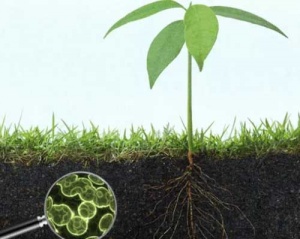 The rhizosphere is the topmost soil layer where plant roots interact with microscopic organisms, among them viruses, bacteria, fungi, protozoa and algae is called the soil microbiome. It functions as the lifeblood of plants—promoting germination, stimulating roots, accelerating growth and bolstering resistance to disease.
The rhizosphere is the topmost soil layer where plant roots interact with microscopic organisms, among them viruses, bacteria, fungi, protozoa and algae is called the soil microbiome. It functions as the lifeblood of plants—promoting germination, stimulating roots, accelerating growth and bolstering resistance to disease.
The rhizosphere is habitat to a complex ecosystem that scientists call the “brown food web”. Some microbes act like stomachs, digesting and decomposing organic matter into rutrients that nourish plants. Another action involves mycorrhizae, silk-like fungi that can form vast spindly webs that can span several miles underground. These filaments are like the internet of the soil allowing communication between plants and the exchange of nutrients
A damaged soil microbiome, however, disrupts this process lowering the concentration of nutrients in our food. One study that has tracked the mineral content of fruits, vegetables and grains over 50 years reported that zinc in vegetables has fallen 59%, magnesium by 26% and iron had tumbled 83%. Mineral deficiency causes health problems.
I’m just hoping that we have the will to do something about all this now!!
About the Author
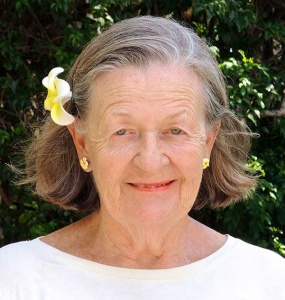
Linda Lawrence Waldron currently writes the Green Gables column in Gables Living Magazine. Linda was Chairman of the Garden Club's Coral Gables Library Butterfly Garden Committee.
Sign up here for email notifications about new Green Gables articles!
More from our blogs
See all postsRecent Posts
- April 2023 April 1, 2024
- Good News on Environmental Plastics February 1, 2024
- Material World / Plant World January 1, 2024
Leave a Comment cancel
This site uses Akismet to reduce spam. Learn how your comment data is processed.



